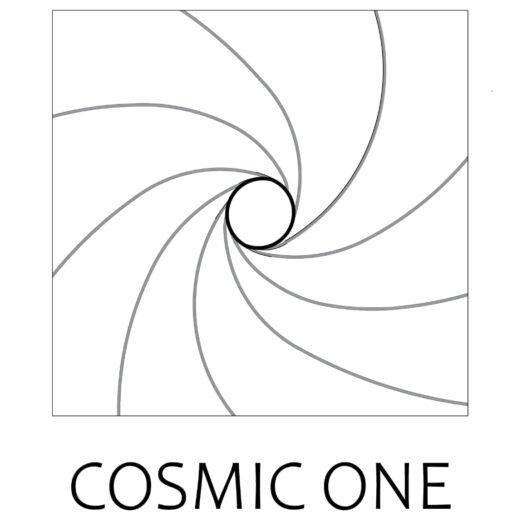Anna Danielsson
The brand new publisher and reviewers’ associations will be the most recent given on their Loop research pages that can maybe not mirror the disease within lifetime of review.
- Download Blog post
- Export admission
- EndNote
- Site Director
- Simple Text message document
- BibTex
Scientific Feedback blog post
- step 1 Biomedical MR Imaging and you will Spectroscopy Category, Heart to possess Image Sciences, College or university Medical facility Utrecht and you can Utrecht School, Utrecht, Netherlands
- dos Heart away from Excellence for Treatment Treatments, UMC Utrecht Brain Cardio, University Medical center Utrecht and you will Utrecht University, De Hoogstraat Rehab, Utrecht, Netherlands
- 3 Agency off Neurology and Neurosurgery, UMC Utrecht Attention Cardio, College Medical center Utrecht and you can Utrecht School, Utrecht, Netherlands
- cuatro Agencies off Rehab, Actual Medication Research and Recreations, UMC Utrecht Brain Cardio, University Medical center Utrecht and Utrecht University, Utrecht, Netherlands
I lined up to recognize variations in the effectiveness of rTMS cures to your upper limb form according to the onset big date blog post-stroke.
Methods: We searched PubMed, Embase, in addition to Cochrane Library to understand relevant RCTs off their inception so you can . RCTs on the outcomes of rTMS into the top limb mode inside the adult customers having coronary attack had been provided. Research top quality and you will chance of bias were assessed by themselves of the a few experts. Meta-analyses were did to have consequences towards the private top limb result steps (means otherwise craft) and mode and you will pastime methods as one, categorized because of the timing regarding procedures initiation. Time off medication initiation article-heart attack are classified the following: intense in order to very early subacute ( six months).
Results: I integrated 38 studies connected with step 1,074 heart attack clients. Subgroup data presented advantage of rTMS used from inside the earliest few days post-coronary arrest [MD = nine.31; 95% count on interval (6.27–); P half a year post-stroke) [MD = 1.79; 95% confidence period (?dos.00 to 5.59]; P = 0.35), whenever examined that have a work test [Fugl-Meyer Sleeve decide to try (FMA)]. There had been no knowledge from inside the late subacute stage (3–six months article-stroke) which used the new FMA. Tests on number of means found enhanced upper limb setting immediately after rTMS [SMD = 0.43; 95% depend on interval (0.02–0.75); P = 0.0001], but examination during the level of hobby failed to, separate out of rTMS start post-coronary arrest [SMD = 0.17; 95% rely on interval (?0.09 in order to 0.44); P = 0.19]. Heterogeneities about consequence of the person knowledge as part of the chief analyses was indeed higher, as advised by use spot asymmetry.
Conclusions: According to research by the FMA, rTMS seems more effective only if started in the initial month post-coronary arrest. Testing on level of function are likely even more responsive to locate of good use rTMS effects on the top limb function than screening within the degree of craft. However, heterogeneities inside medication models and you may outcomes is actually higher. Coming rTMS examples ought to include brand new FMA and works with the good key band of benefit actions.
Inclusion
In people which have coronary arrest, paresis of one’s top local hookup near me Atlanta limb is a primary cause of impairment (step 1, 2). That it engine disturbance affects facts of daily living, but in addition the lifestyle regarding clients and their family (3, 4). Neurorehabilitation for this reason tend to focuses on restoration out-of higher limb mode. Numerous studies have recommended that non-invasive notice stimulation promotes recovery of your own higher limb, perhaps compliment of enhancement from motor cortex plasticity (5, 6).
Repetitive transcranial magnetic arousal (rTMS) is a non-invasive, painless method of modulate cortical excitability. High-volume rTMS or intermittent theta-burst arousal (TBS) can increase cortical excitability, while low-regularity rTMS or proceeded TBS is suppress cortical excitability (7). Interhemispheric instability in number 1 system cortex (M1) interest additionally the left useful engine returns immediately following coronary attack could possibly get contribute to system dysfunction and has been ideal given that address to have therapeutic rTMS (8).

Recent Comments